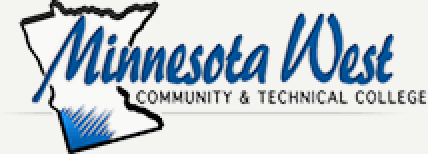BIOL 2201 Human Anatomy
BIOL 2201: Human Anatomy
Description
Human Anatomy covers structures of the human body from the cellular to organ system level. This course includes study of the human body organization, cellular structure, tissues and the following human organ systems: integumentary, skeletal, muscular, nervous, endocrine, circulatory, lymphatic, respiratory, urinary, digestive, and reproductive. Laboratory exercises are designed to reinforce and support the lecture and include hands-on dissections that coincide with the organ systems covered in the lecture topics.
Credits
4
Prerequisite
STSK 0090 or placement by multiple measures. BIOL 1110 or BIOL 1115 is recommended.
Corequisite
None
Topics to be Covered
1. Survey of the Human Body and the Study of Tissues
2. The Integumentary System
3. Bone Tissues, both the axial and appendicular skeleton and joints.
4. Introduction to the muscular system and the axial and appendicular musculature
5. Nervous tissue, the spinal cord and spinal verves, the brain and cranial nerves as well as the autonomic nervous system and visceral reflexes.
6. The Endocrine system
7. The Circulatory system components including; blood, heart, and blood vessels.
8. The Lymphatic system and immunity.
9. The Respiratory system.
10. The Digestive system.
11. The Urinary and Reproductive systems both male and female.
Learning Outcomes
1. Explain the organization of the human body including pronunciations of directional regional terms, planes of section, terms of movement and system-specific terms.
2. Describe and identify microscopic tissue sections.
3. Demonstrate the ability to appropriately utilize laboratory equipment; such as microscopes, dissection tools, and general lab ware to accurately dissect and/or identify different structures on various species.
4. Recall terms and facts, to describe concepts, to analyze and apply ideas, and to relate anatomical concepts to the student’s everyday life.
5. Identify and explain the organs that are involved in each of the human organ systems and be able to identify their role in the functioning of each of the human organ systems.
6. Illustrate the ability to retain knowledge from various systems and be able to incorporate them into a comprehensive plan to describe actions involving multiple organ systems.
Credit Details
Lecture: 3
Lab: 1
OJT: 0
MnTC Goal Area(s): Goal Area 03 - Natural Sciences
Minnesota Transfer Curriculum Goal Area(s) and Competencies
Goal Area 03: Natural Sciences
1. Demonstrate understanding of scientific theories.
2. Formulate and test hypotheses by performing laboratory, simulation, or field experiments in at least two of the natural science disciplines. One of these experimental components should develop, in greater depth, students’ laboratory experience in the collection of data, its statistical and graphical analysis, and an appreciation of its sources of error and uncertainty.
3. Communicate their experimental findings, analyses, and interpretations both orally and in writing.
4. Evaluate societal issues from a natural science perspective, ask questions about the evidence presented, and make informed judgments about science-related topics and policies.
